Experts create early-stage blood cells on Tiangong station, moving closer to producing any type of human cell.
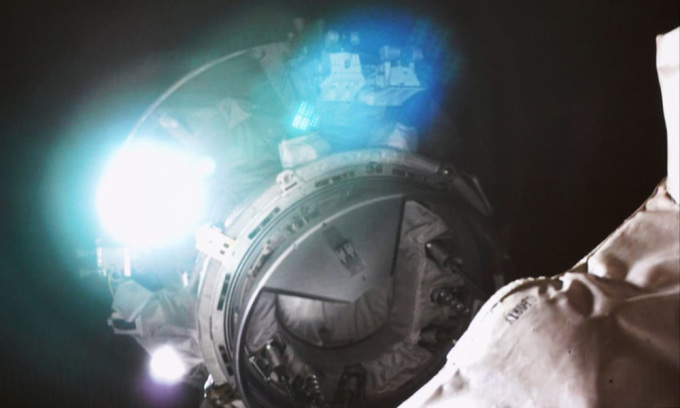
The Tianzhou 6 cargo spacecraft transports stem cells to the Tiangong space station on May 10. Photo: Xinhua
The experiment was conducted after the Tianzhou 6 cargo ship docked with the space station. The Shenzhou-15 human spacecraft then returned to Earth with the cells on June 4.
In the experiment, pluripotent stem cells - a special type of stem cell with the ability to develop into all major types of human cells - were brought to the Tiangong space station's Wentian laboratory module. There, some successfully developed into hematopoietic stem cells - the type that produce blood cells. In this way, scientists created blood cells in space for the first time.
"We have actually only achieved the first goal of the project. We still have a lot to do next," said Lei Xiaohua, a researcher at the Institute of Biotechnology and Biomedicine at the Shenzhen Institute of Advanced Technology.
Lei said his team will compare the space-born cells with those on Earth, trying to figure out the exact genes that control development. "We will conduct more stem cell research during the Tianzhou 7 and 8 missions," Lei said.
Stem cells are a key element in regenerative medicine - a field that focuses on regenerating organs, tissues and other human parts to help repair the original part damaged by aging, disease or accident.
Stem cell research in space is of great interest because cells - like the entire human body - can be affected by the microgravity environment of space.
One of the goals of China's manned space program is to search for habitable planets, according to Cang Huaixing, a researcher in charge of scientific experiments on the Tiangong space station and an expert at the Center for Space Utilization Technology and Engineering of the Chinese Academy of Sciences. "The space environment has very low gravity and high radiation. How to travel, survive and give birth in such an environment is our main research mission," Cang said.
Thu Thao (According to CGTN )
Source link


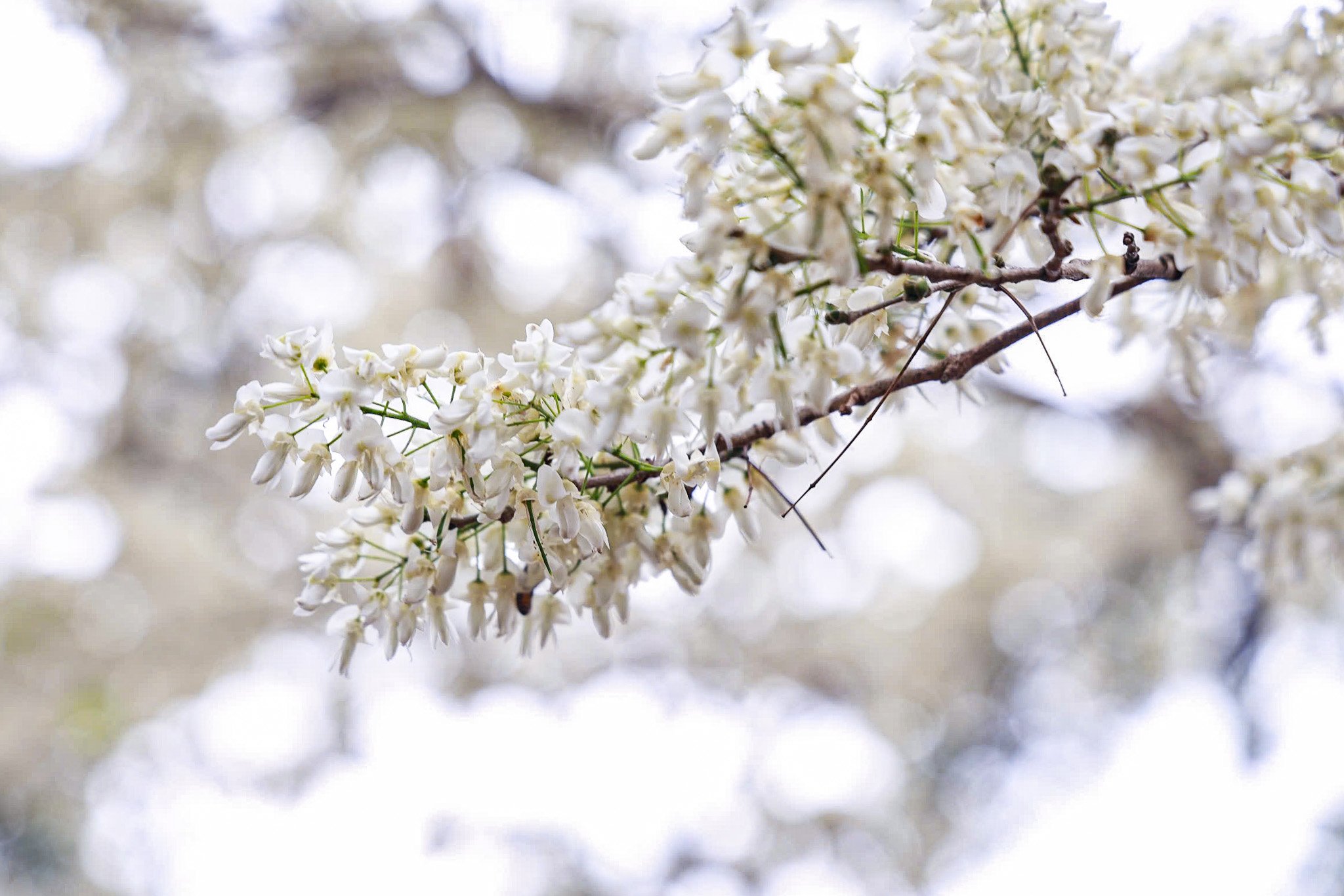
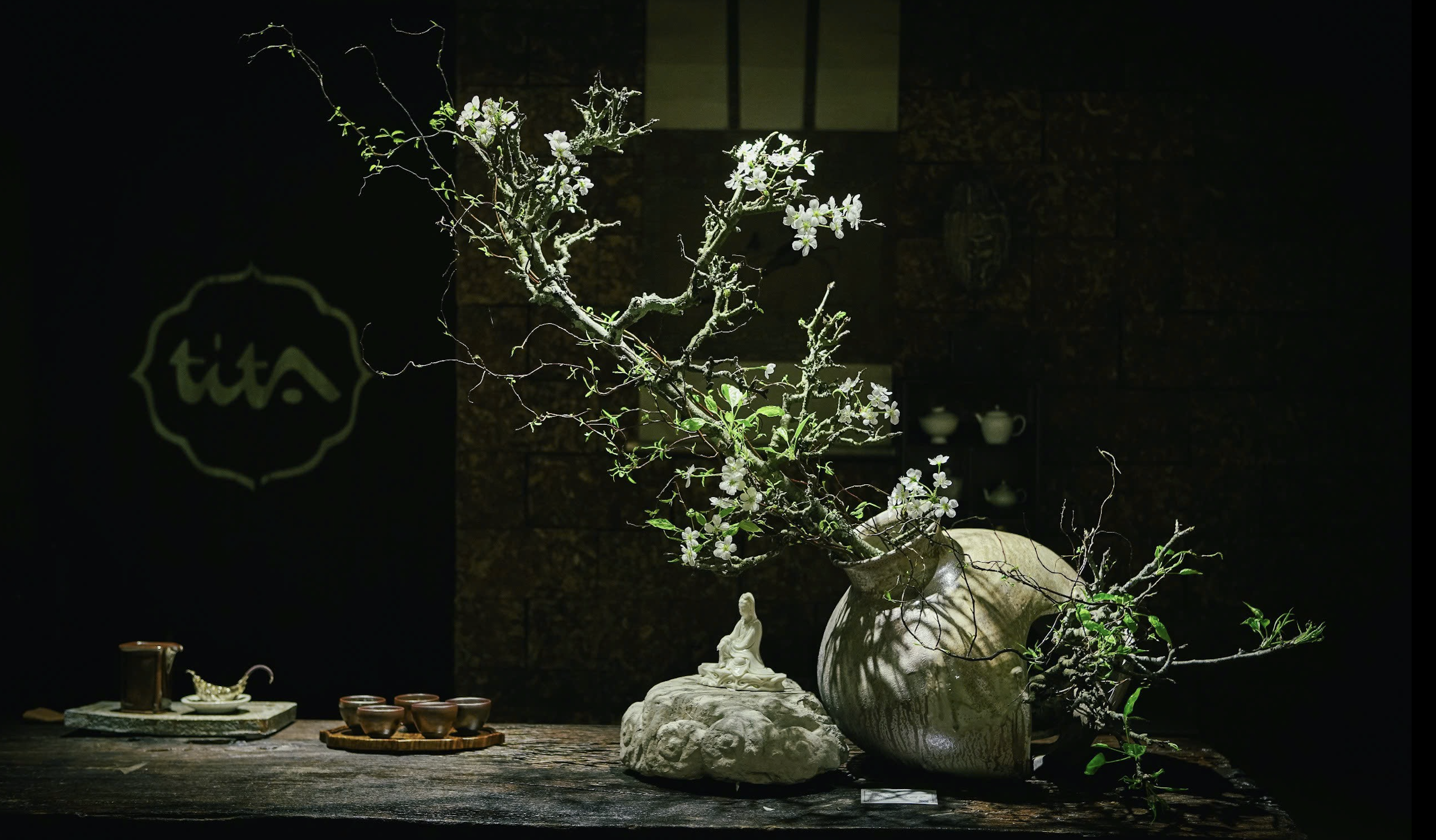
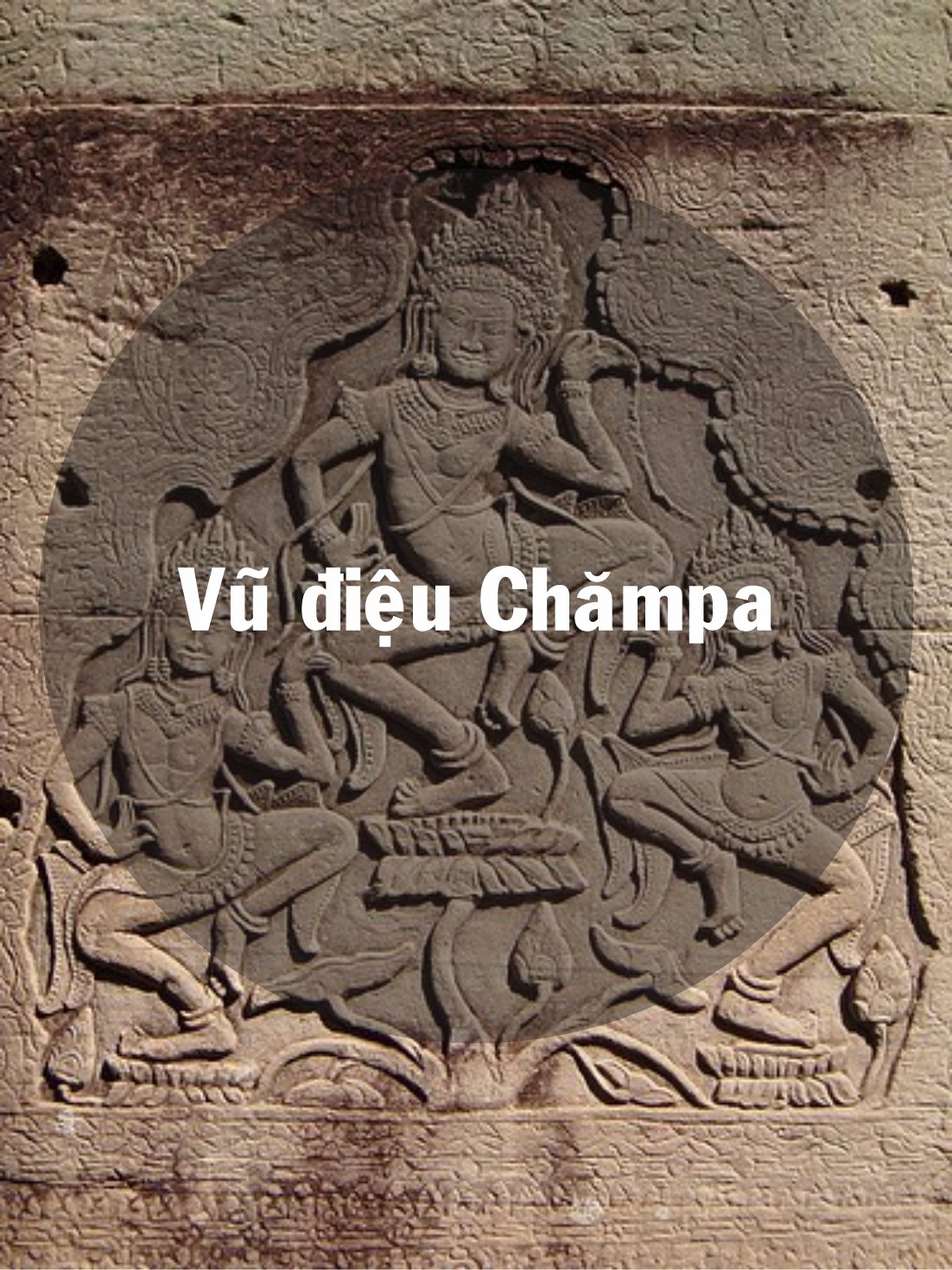
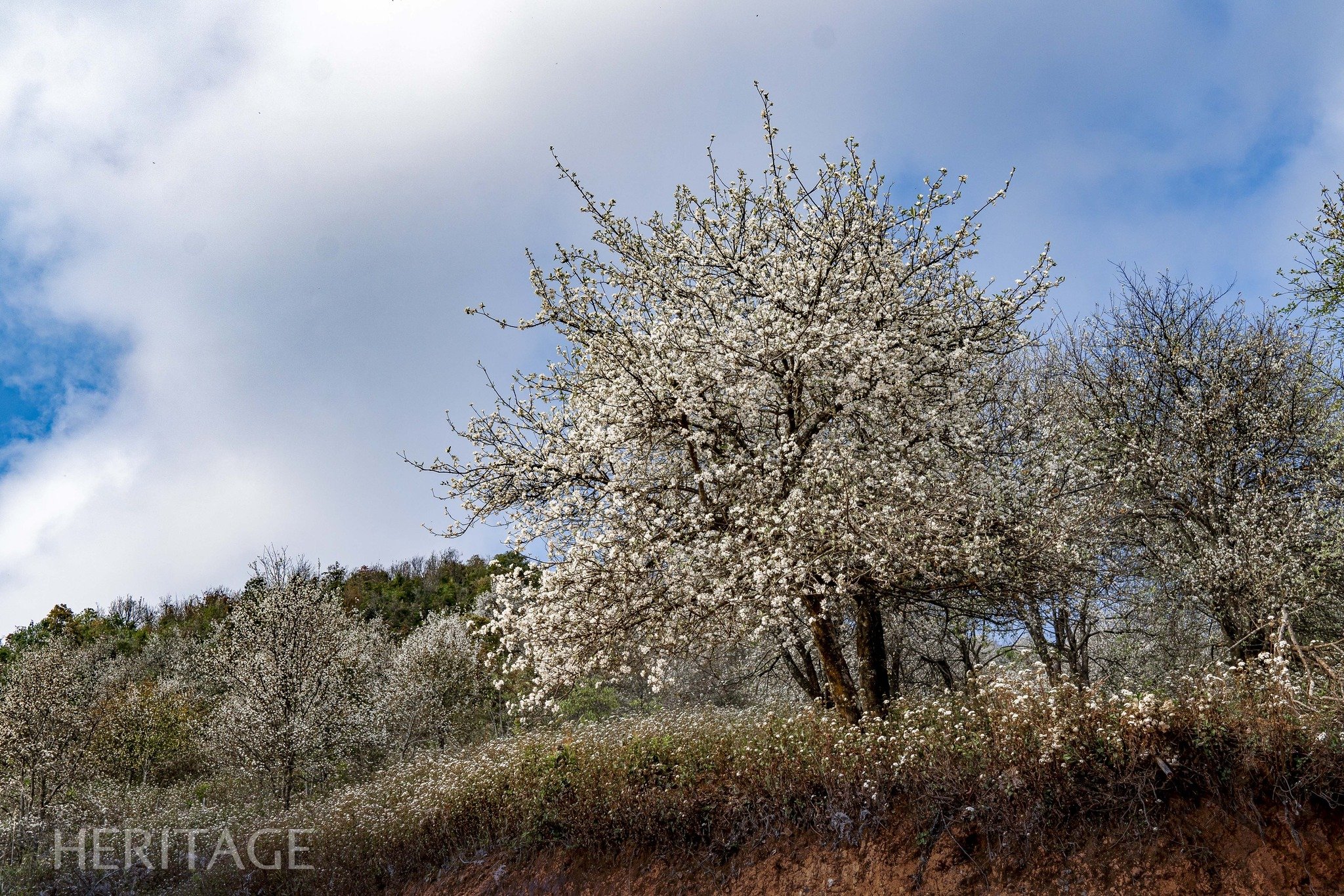
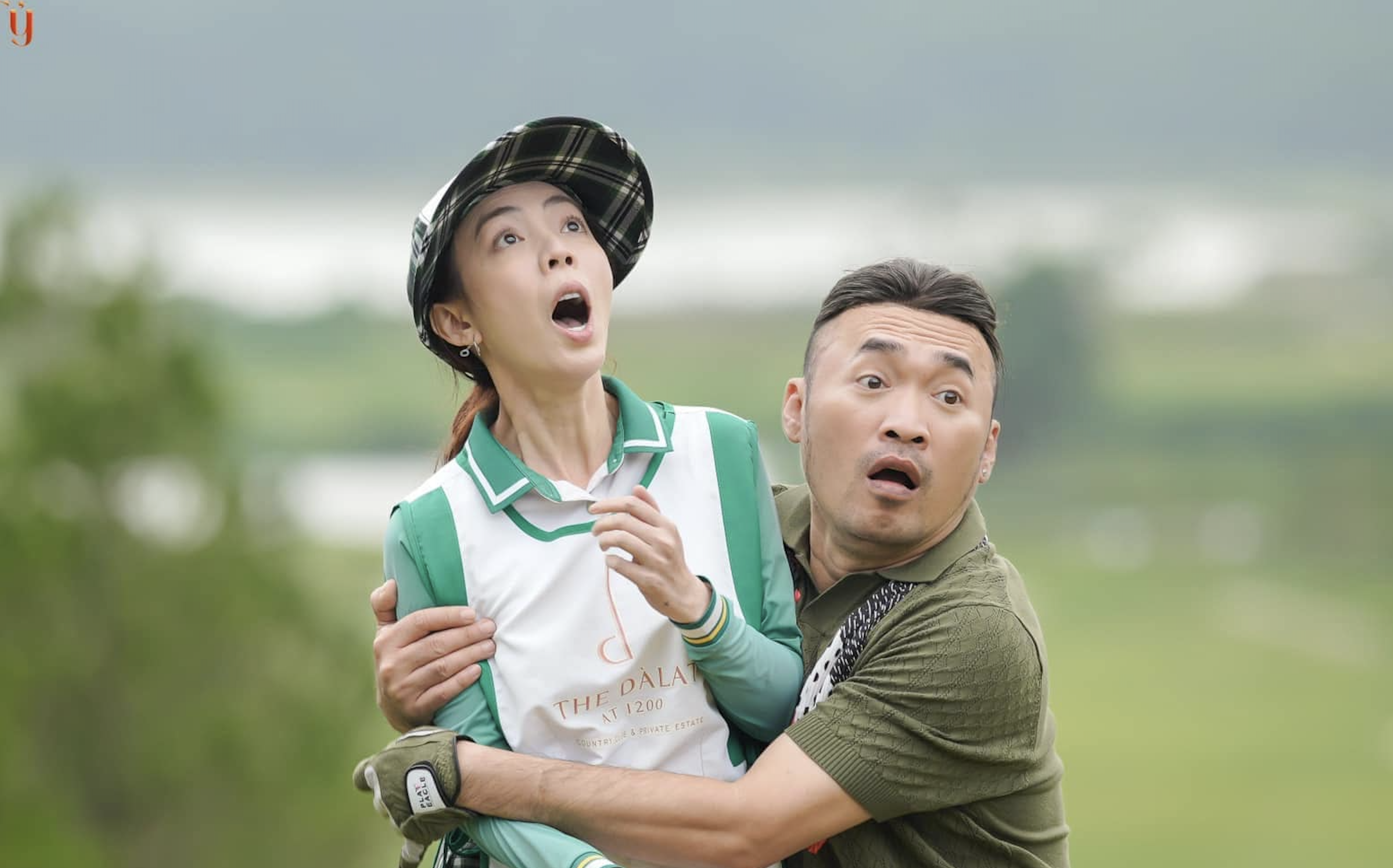
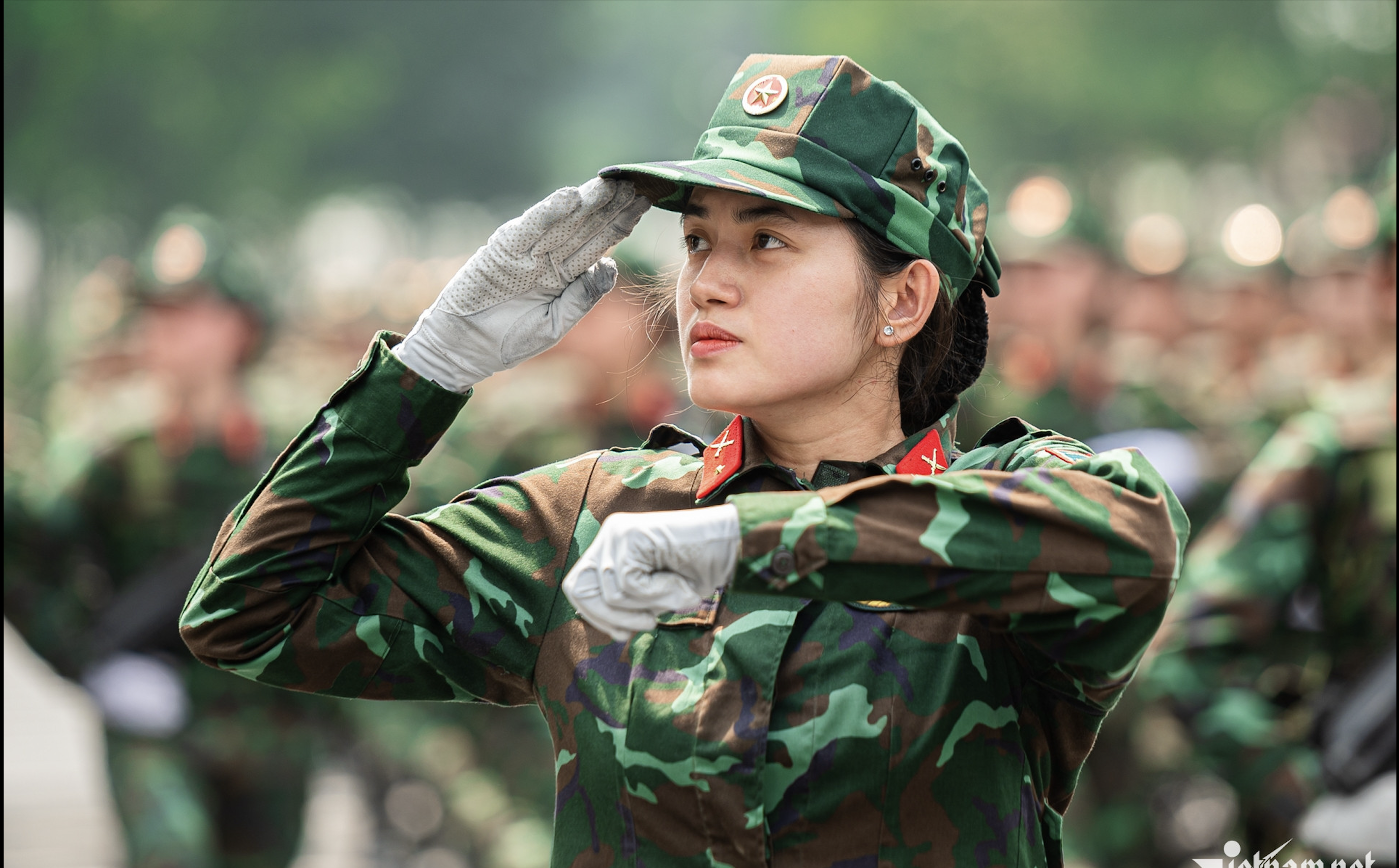
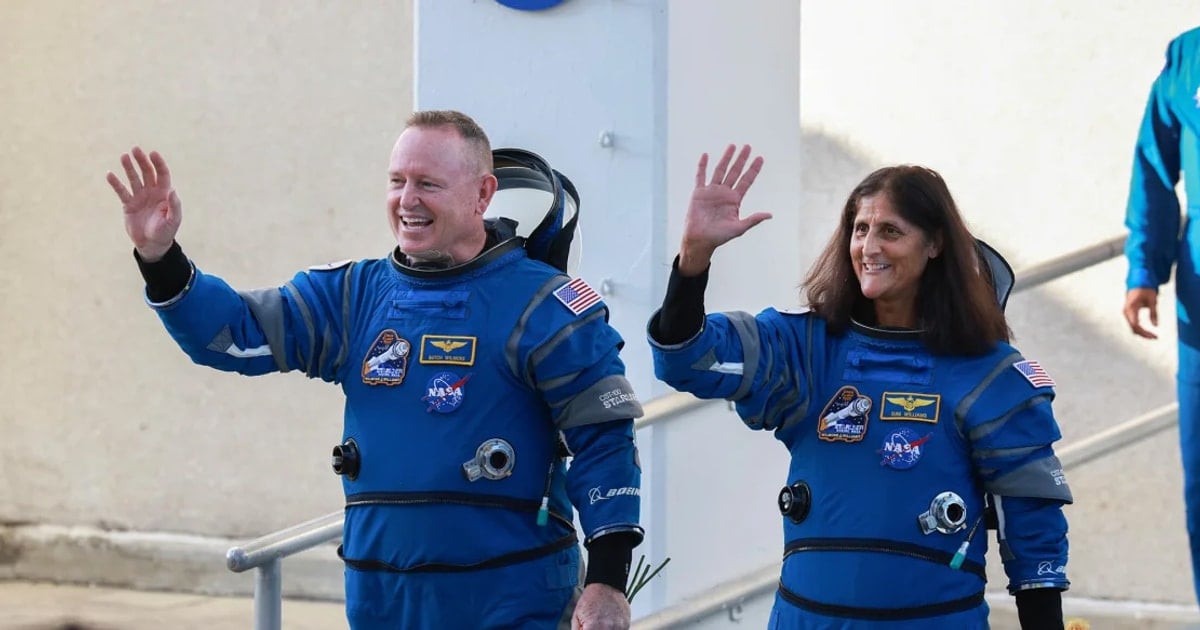

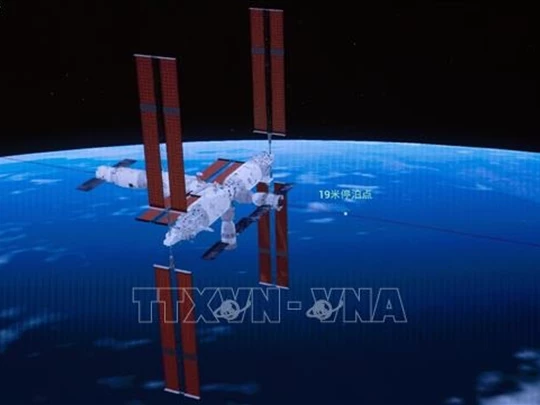

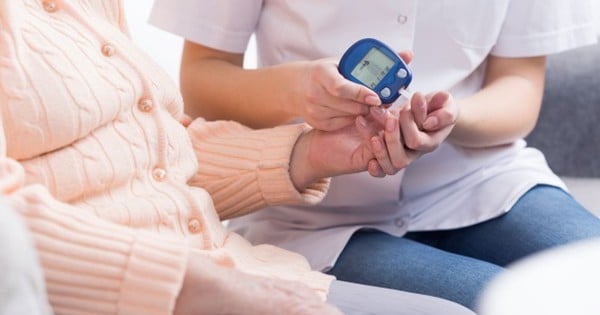

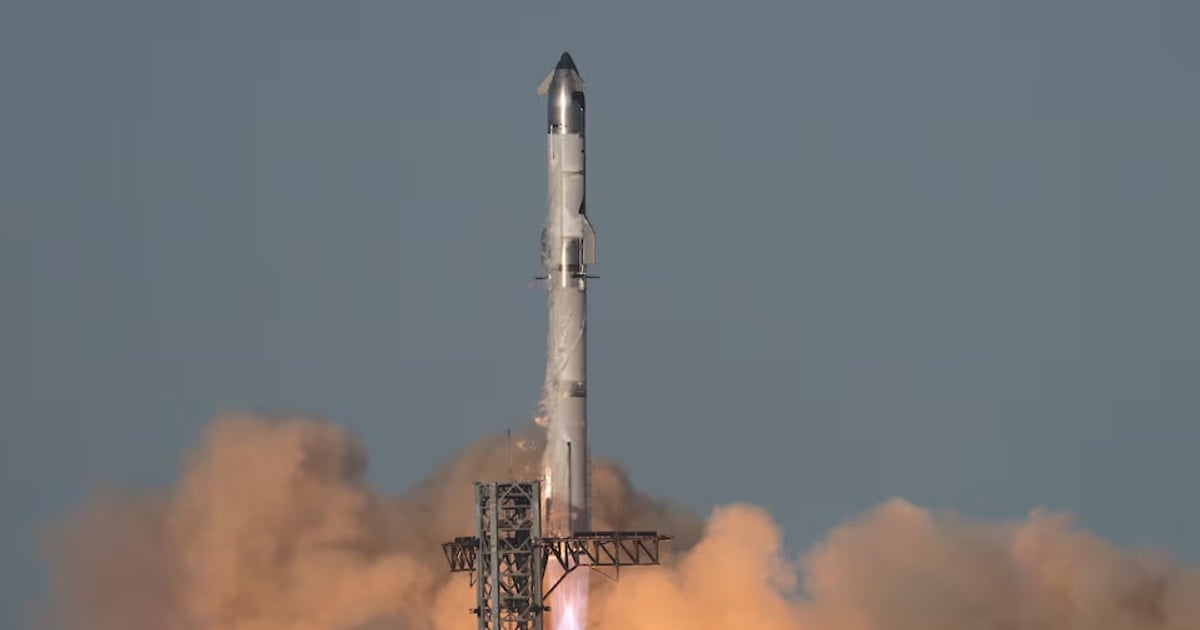
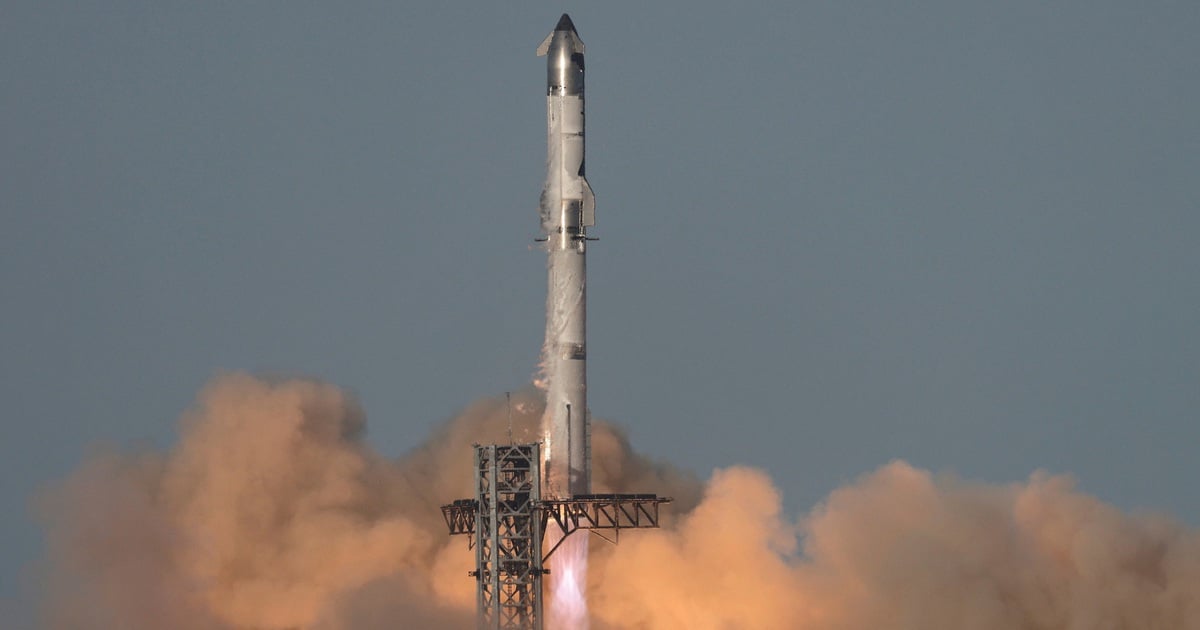



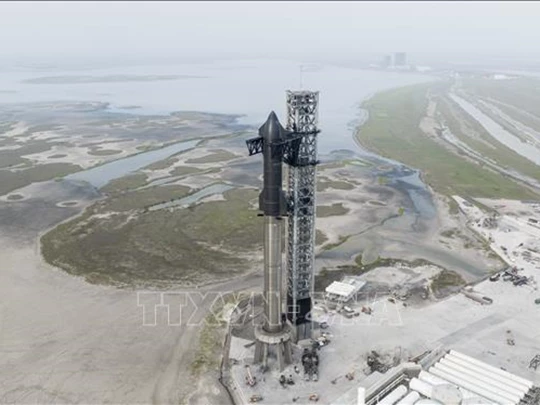
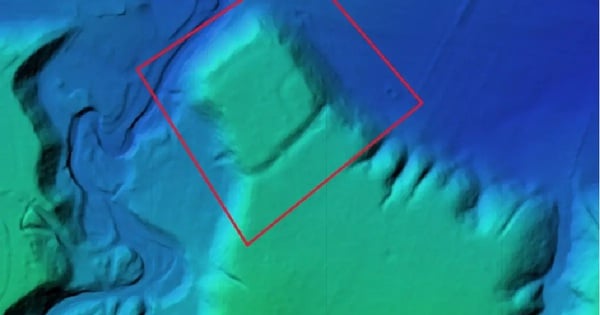




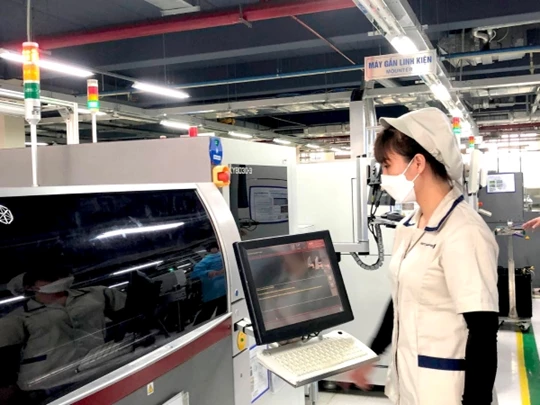


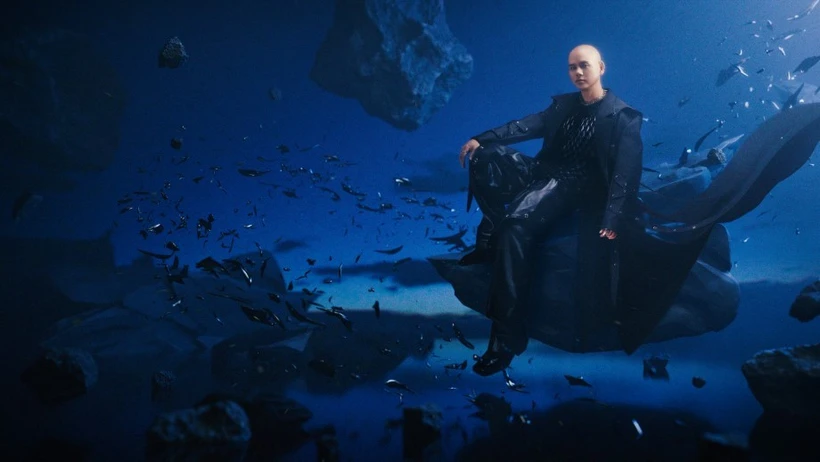

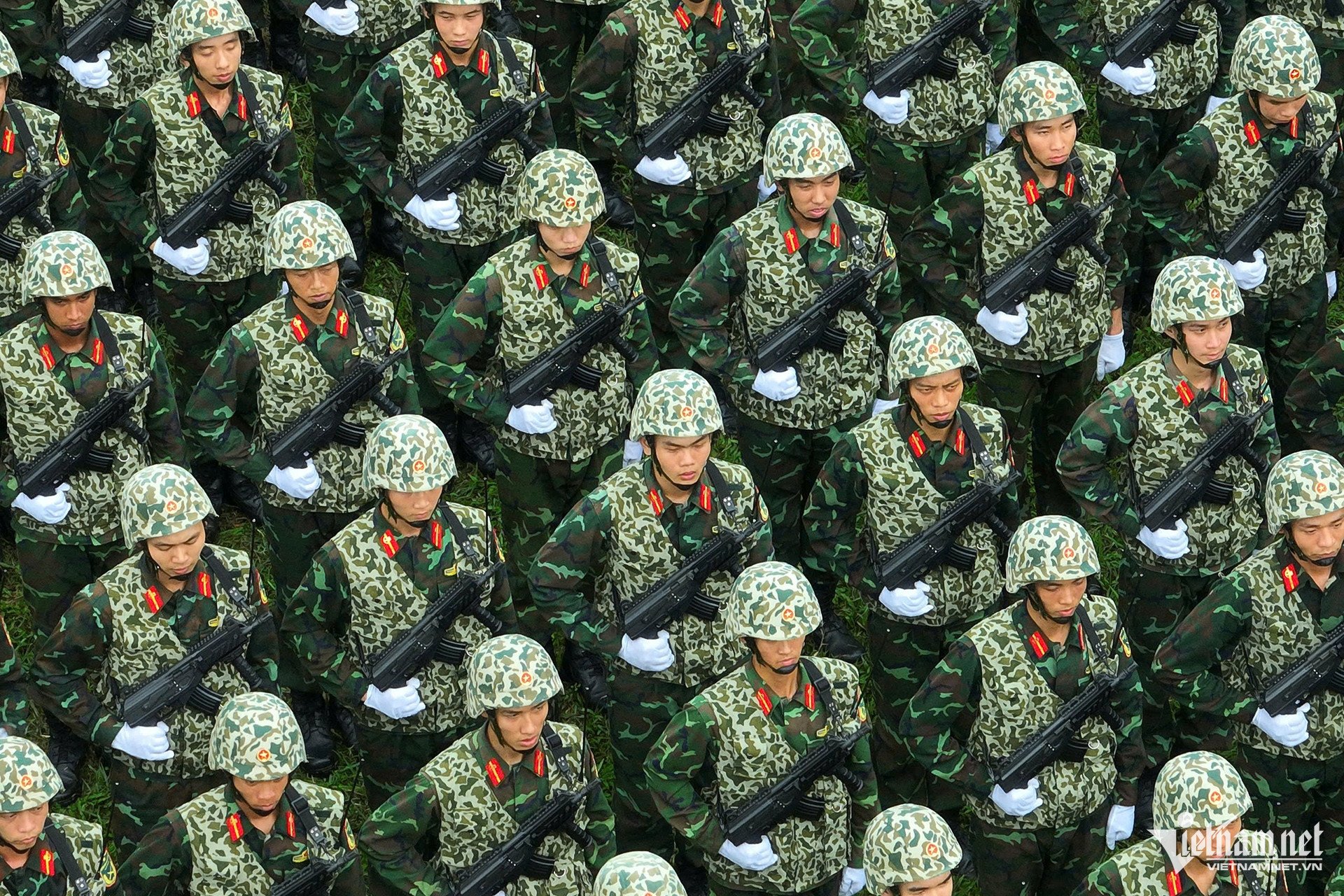







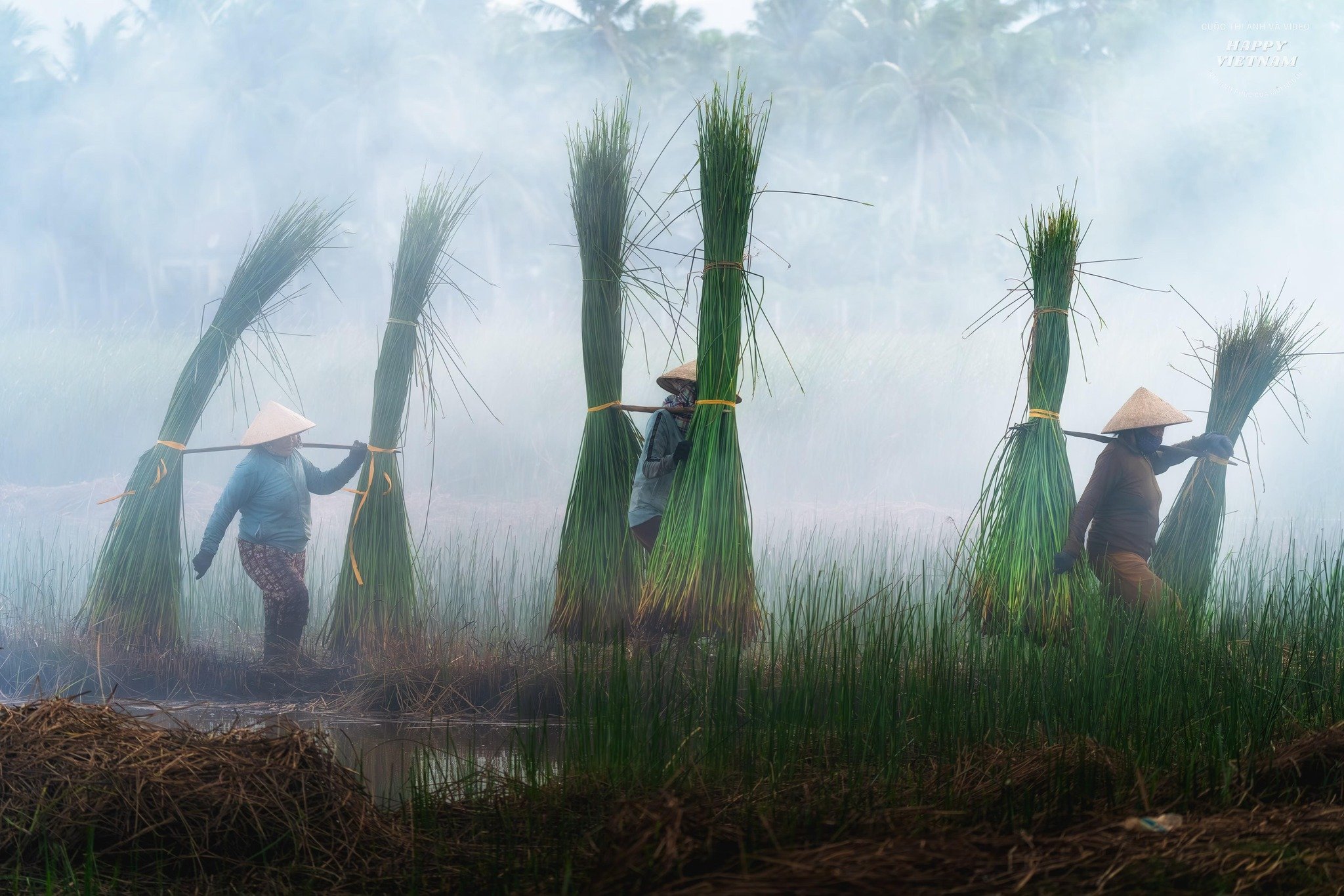




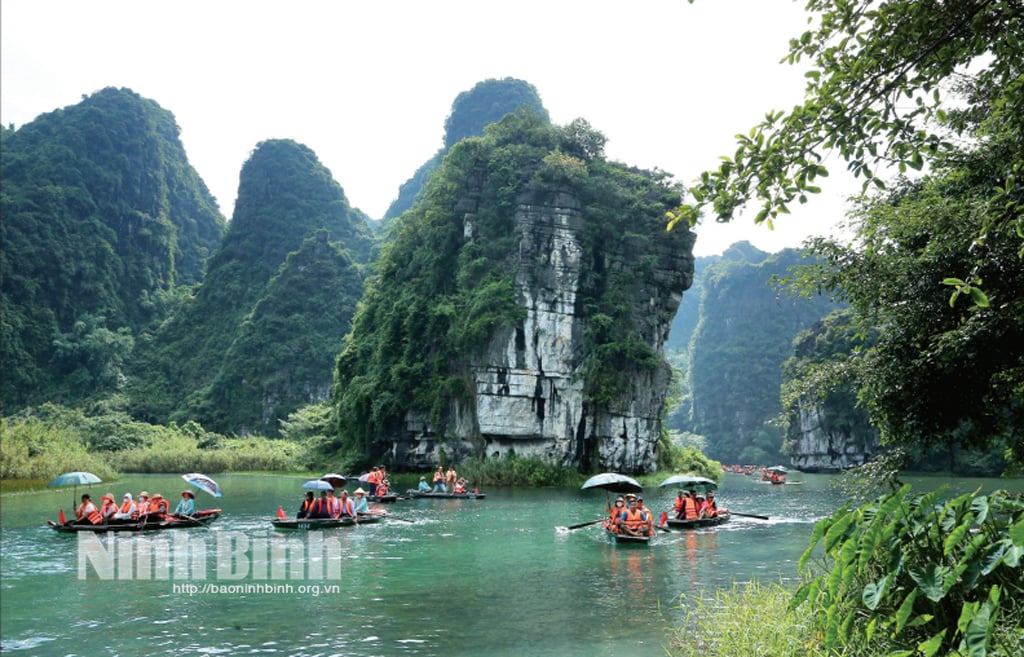




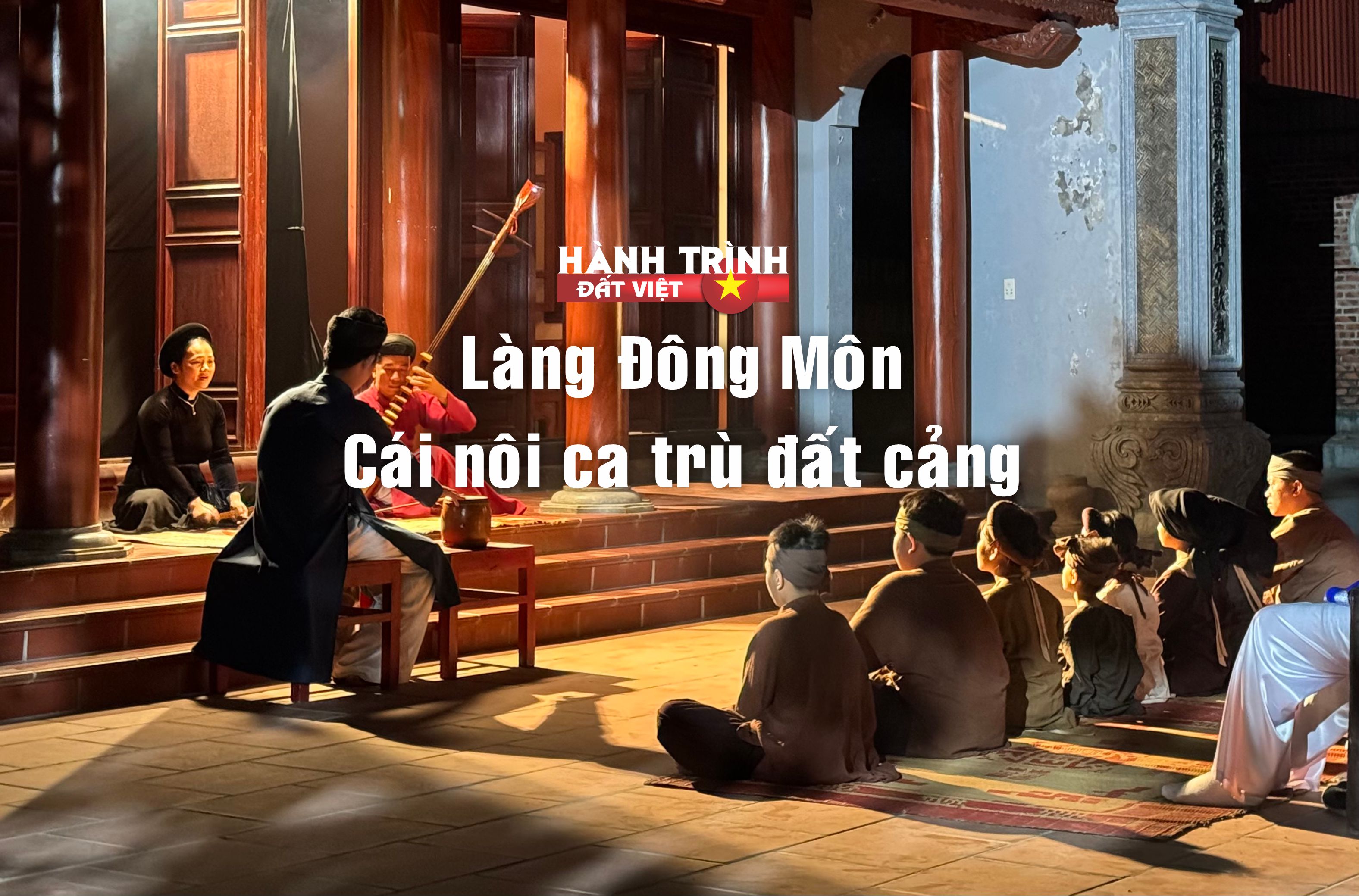
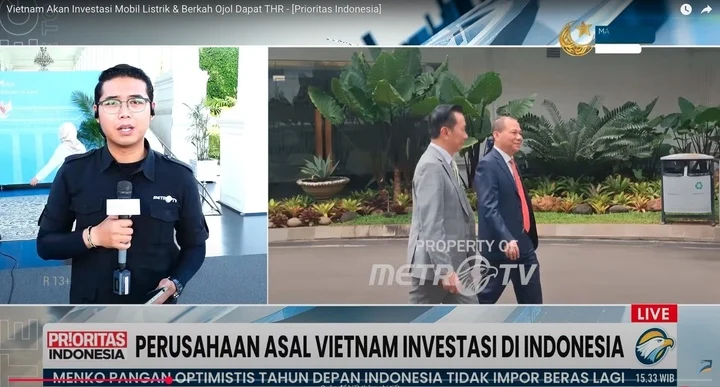

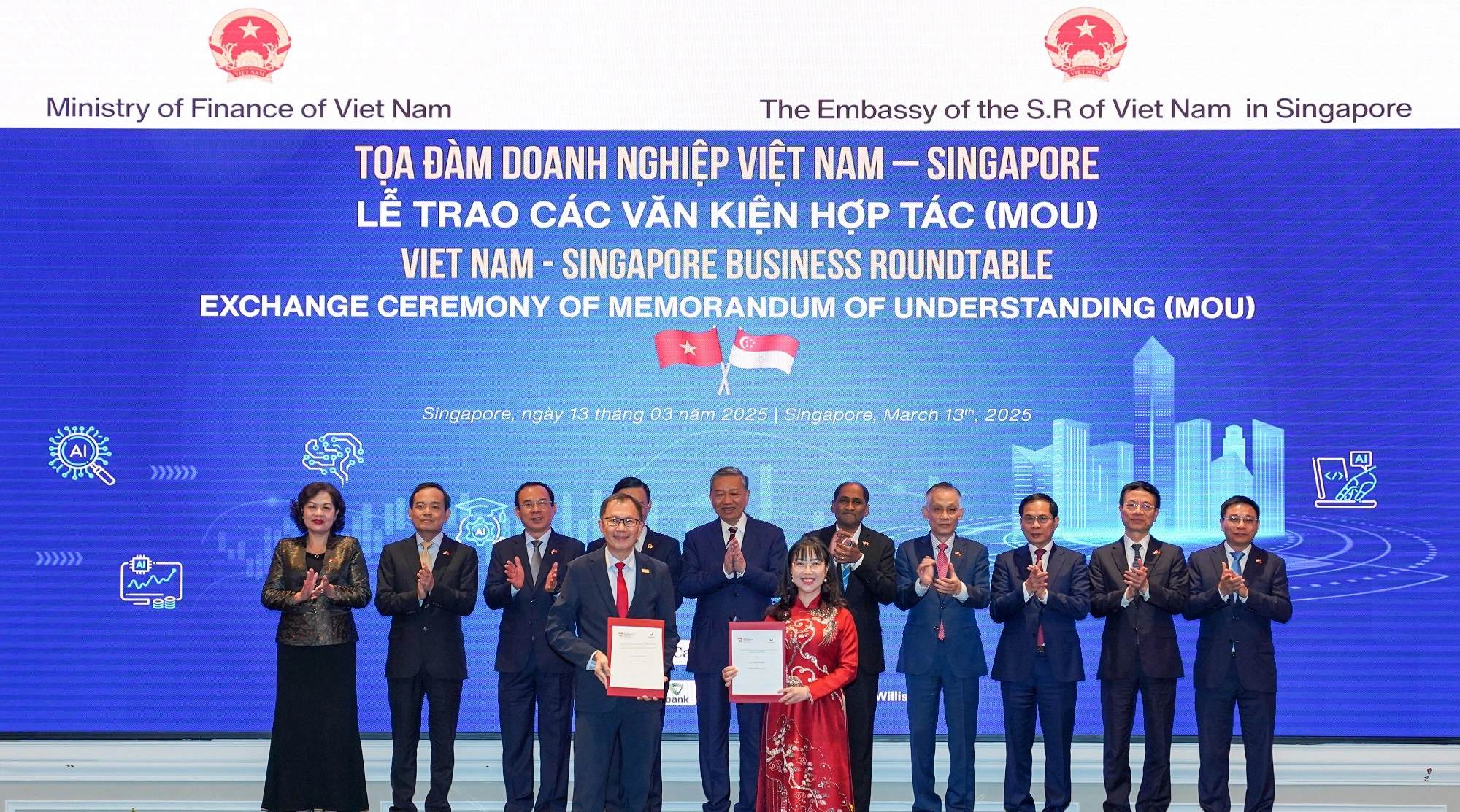
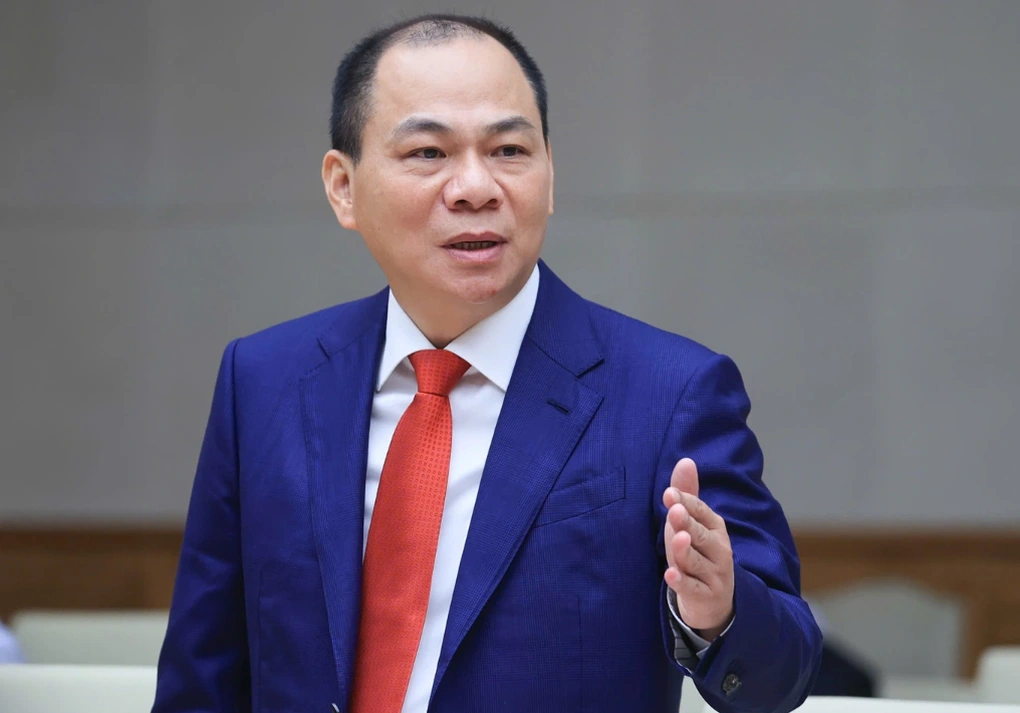

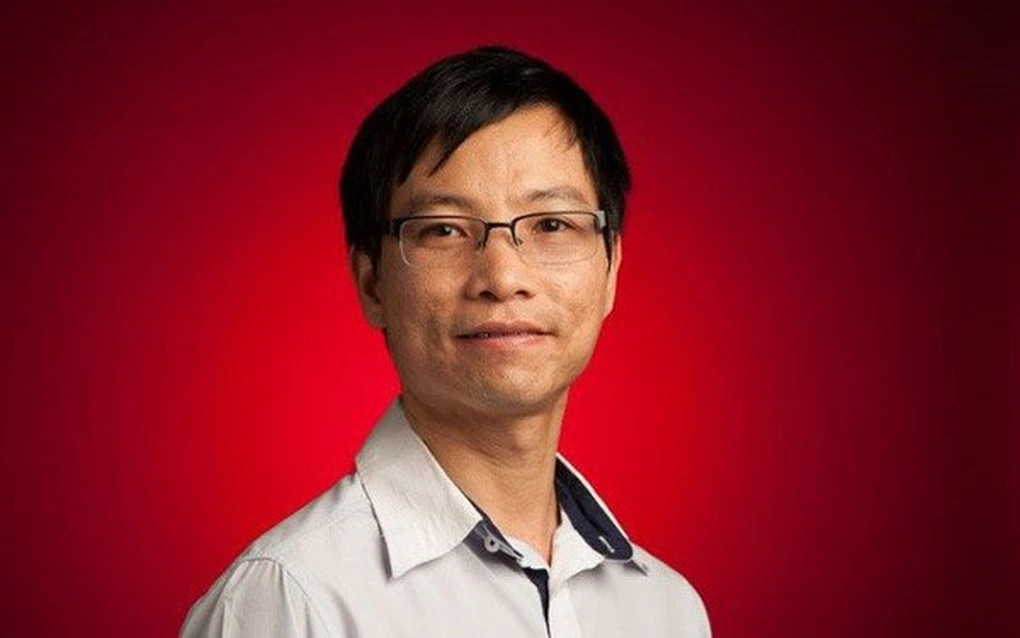
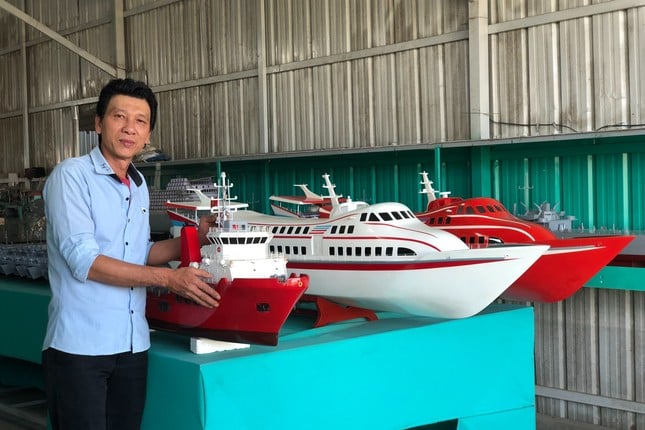

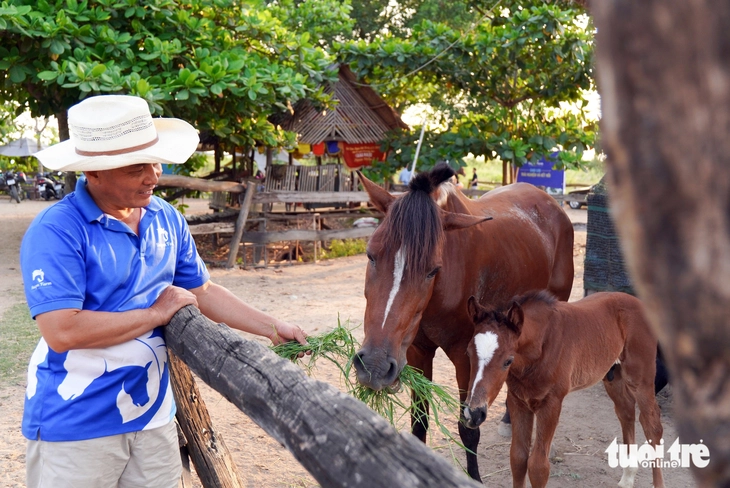
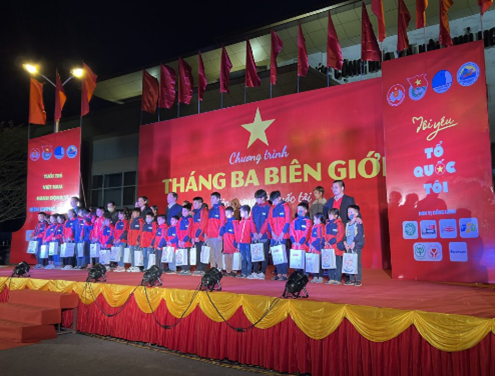

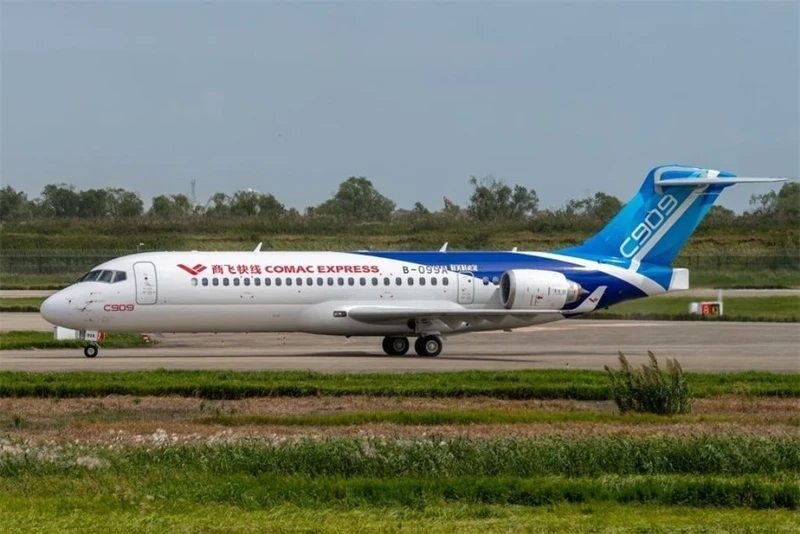

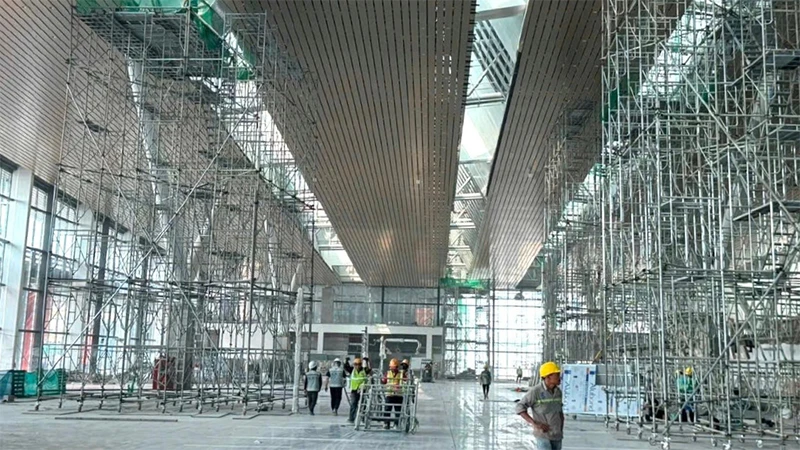
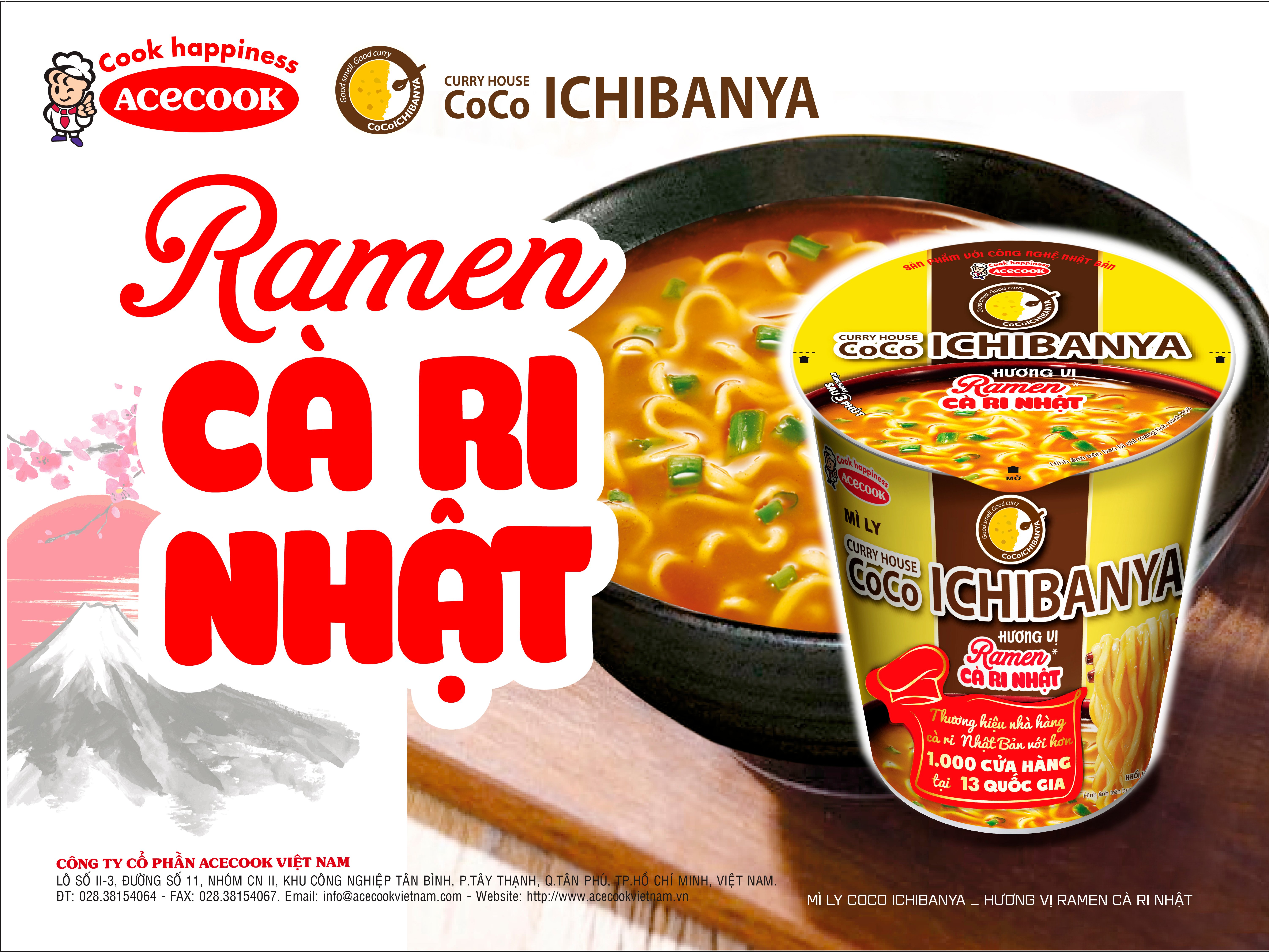
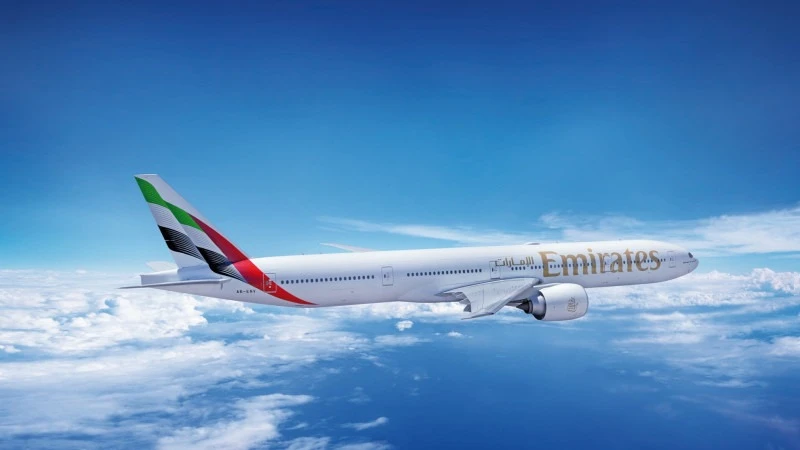

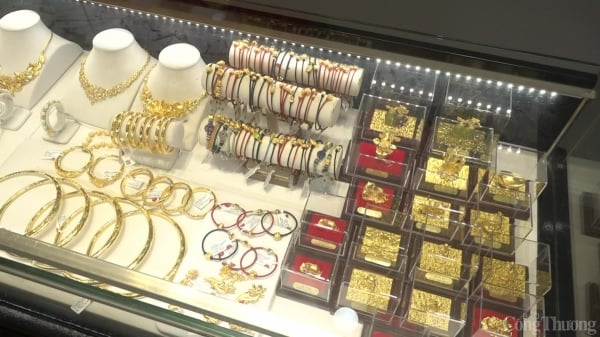

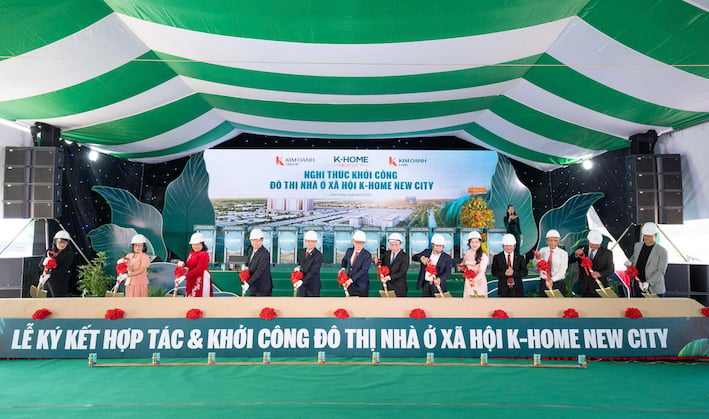



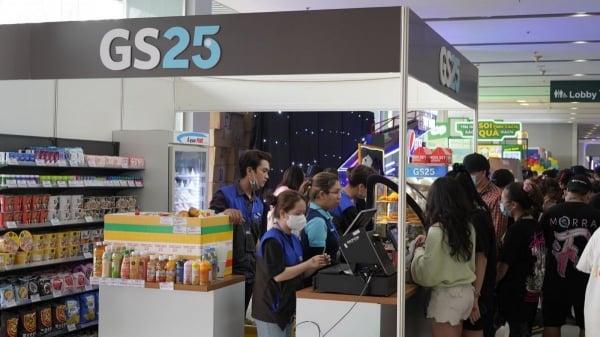
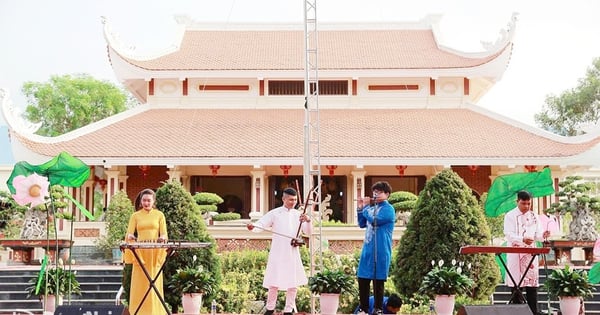




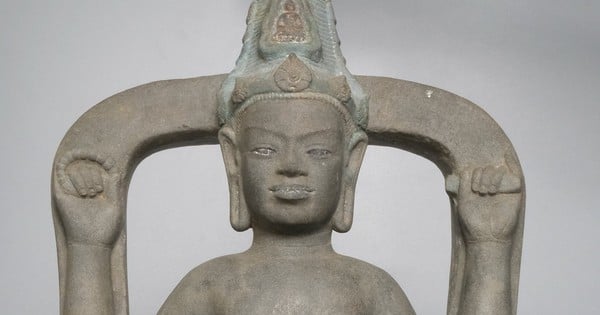
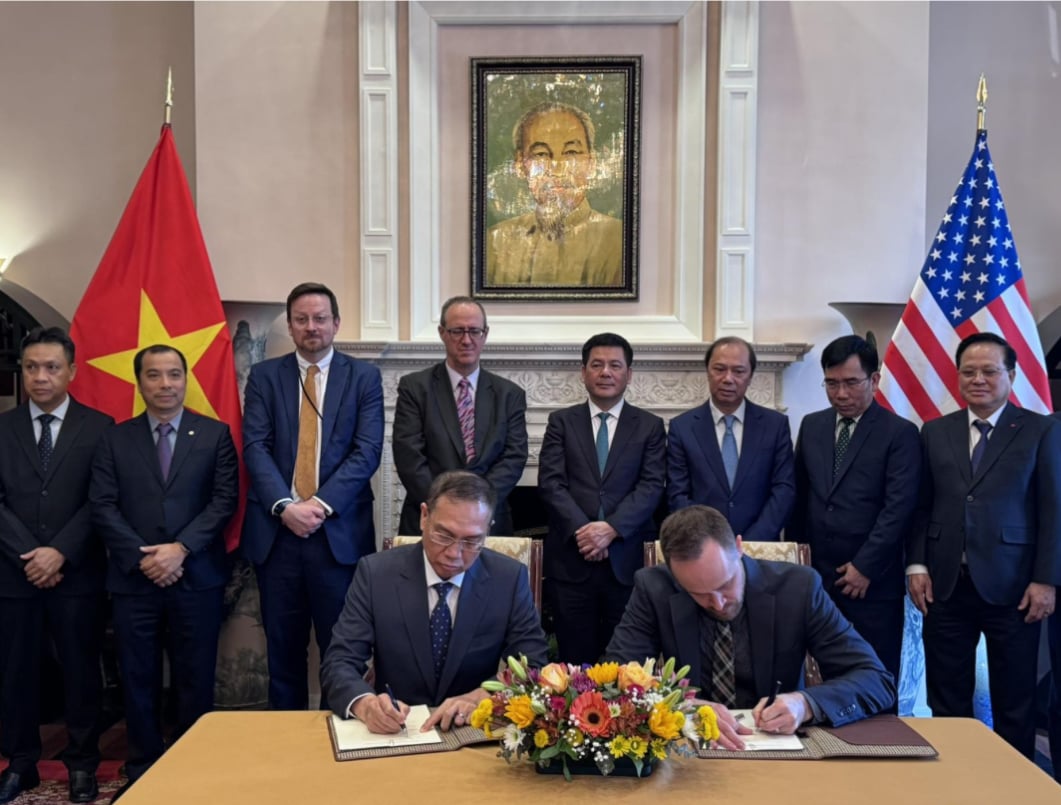
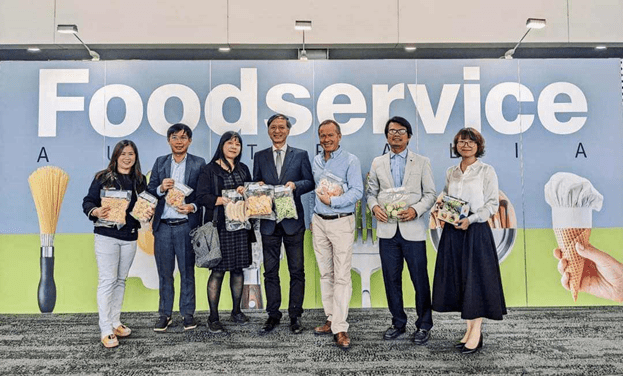

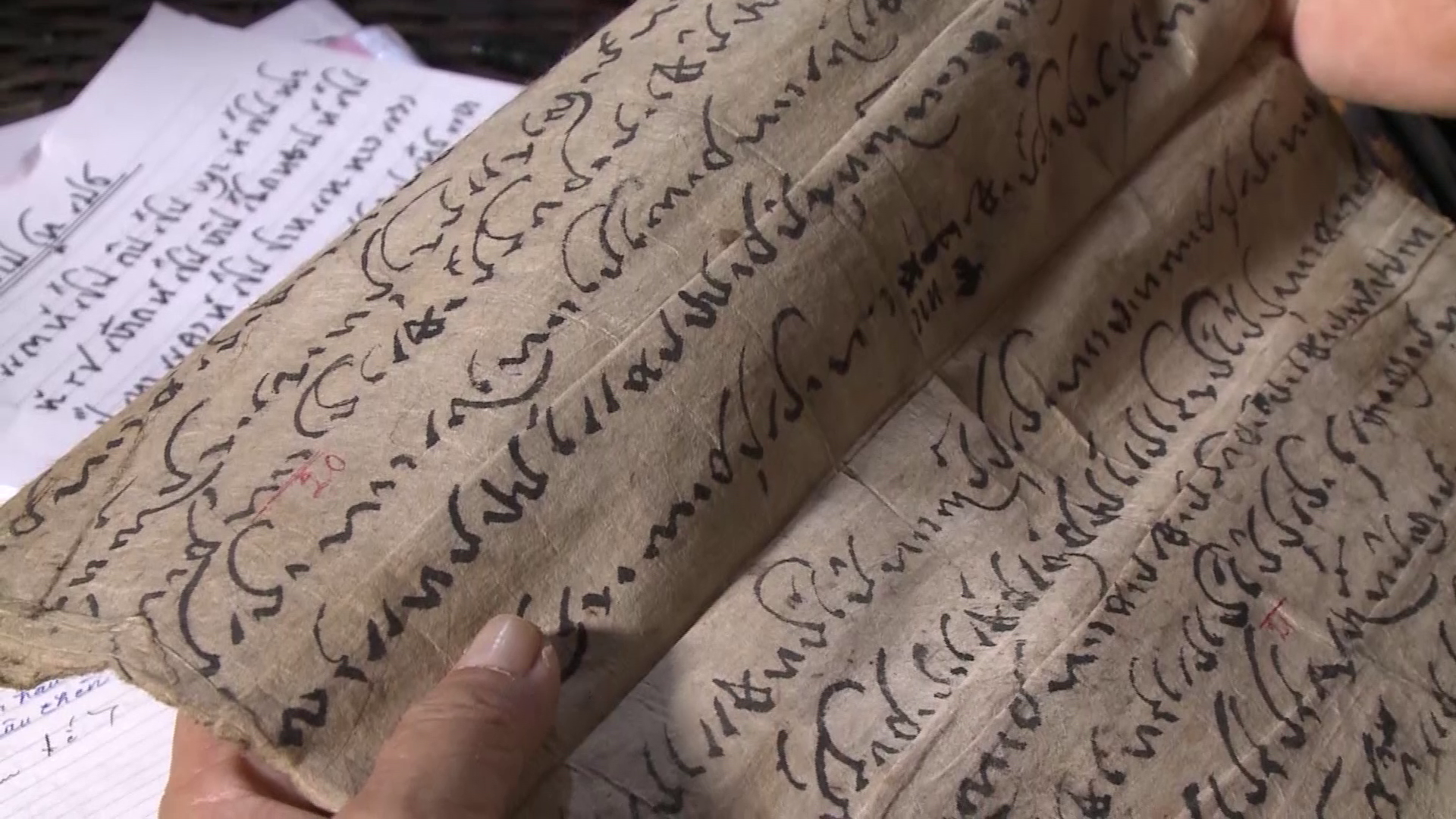

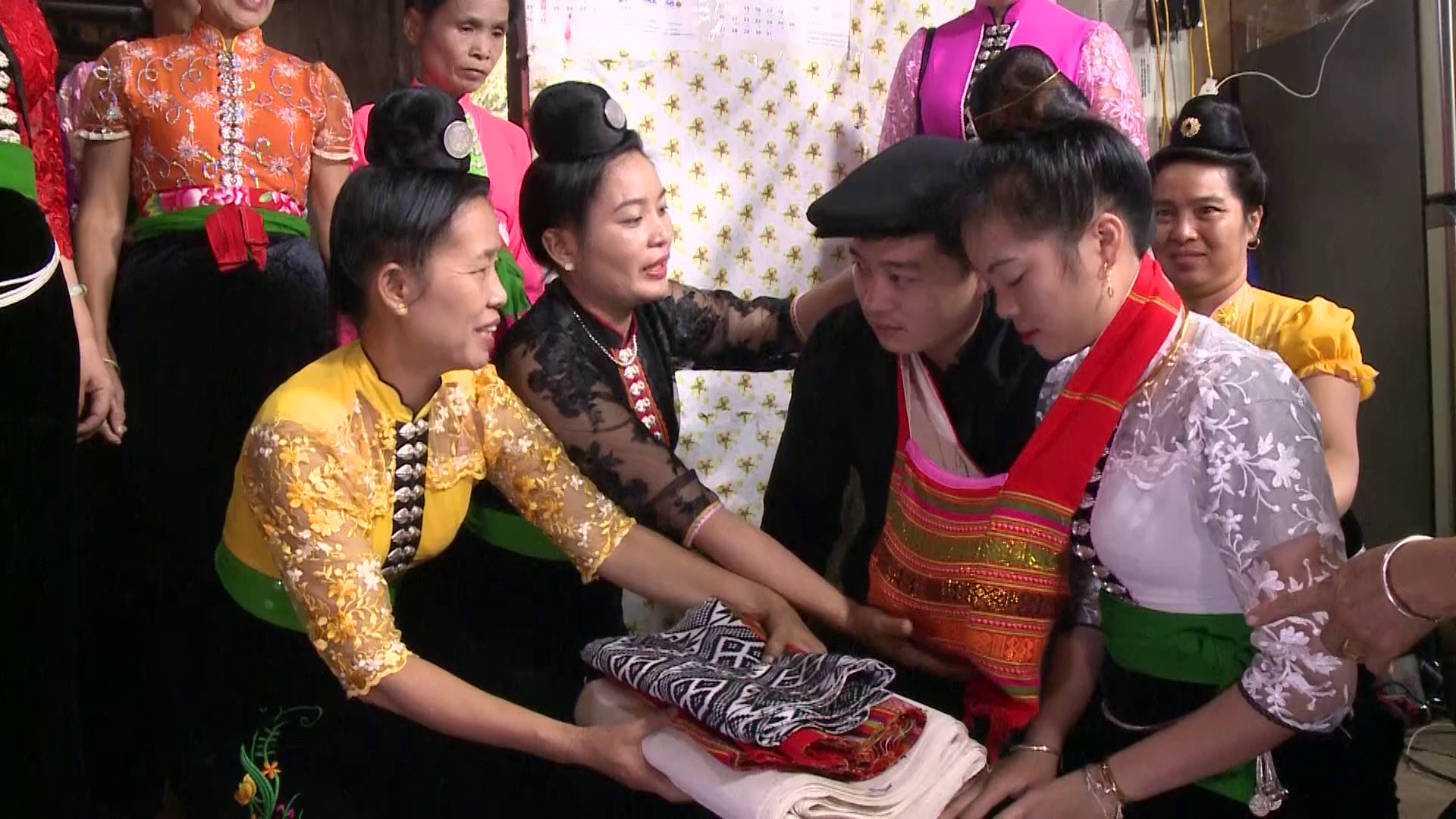
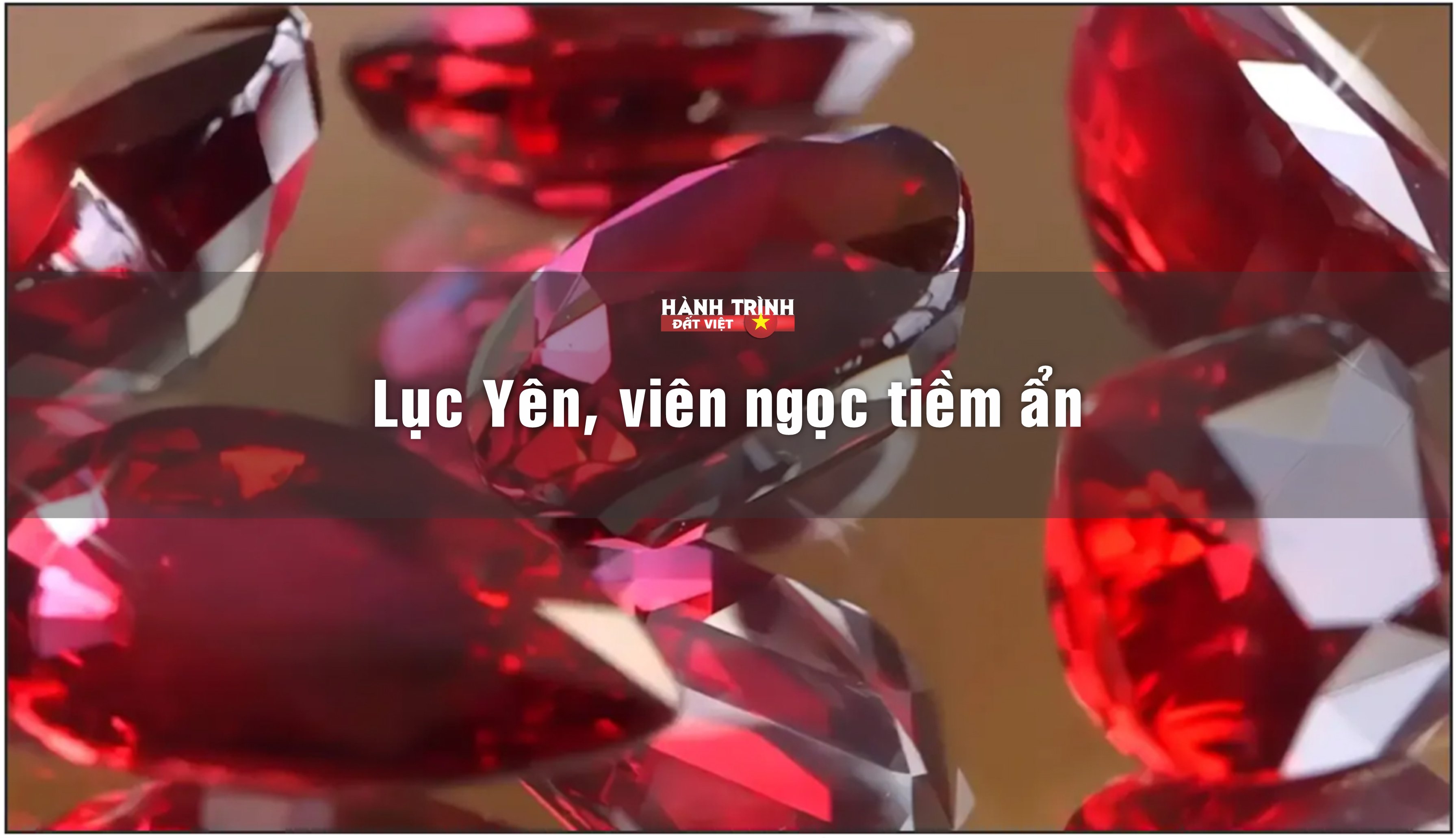
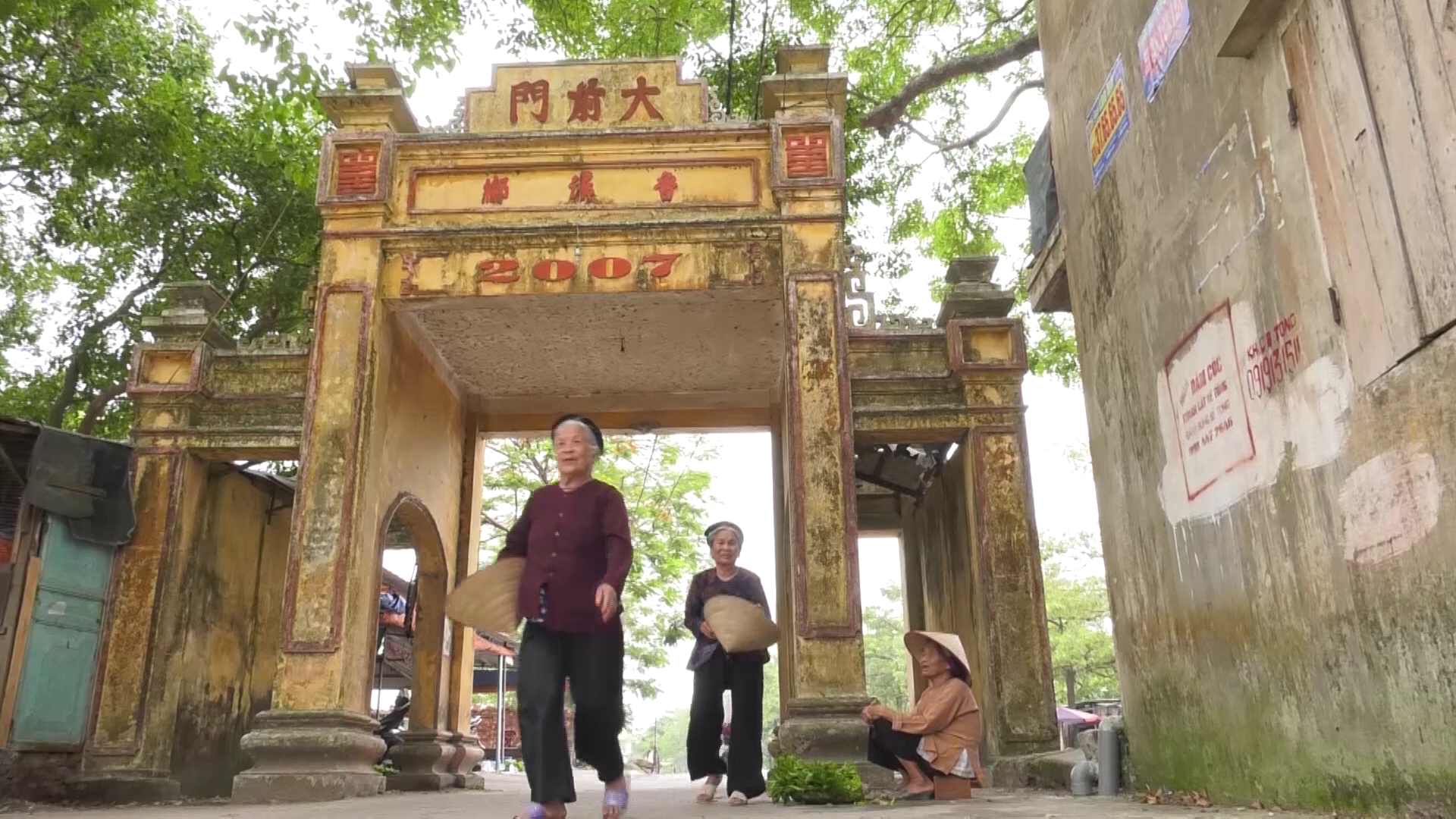
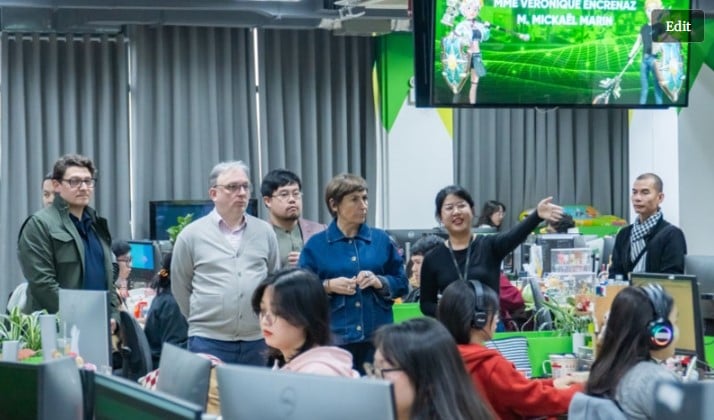


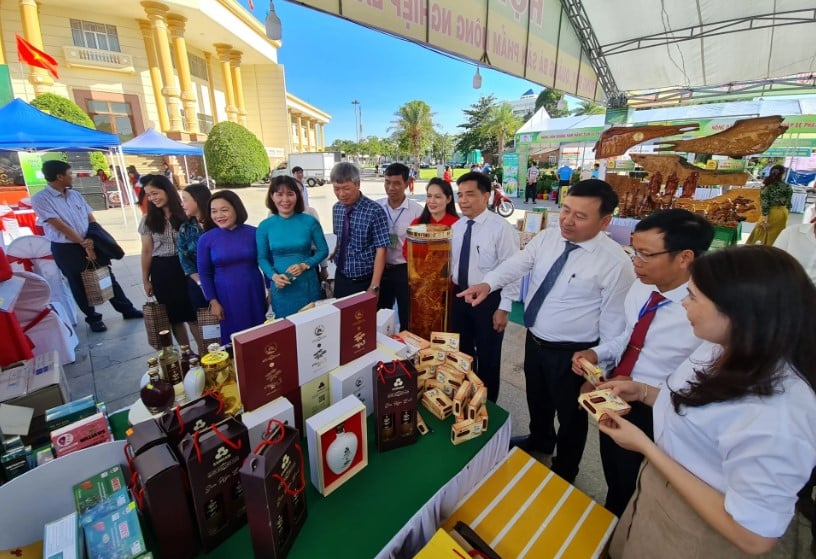



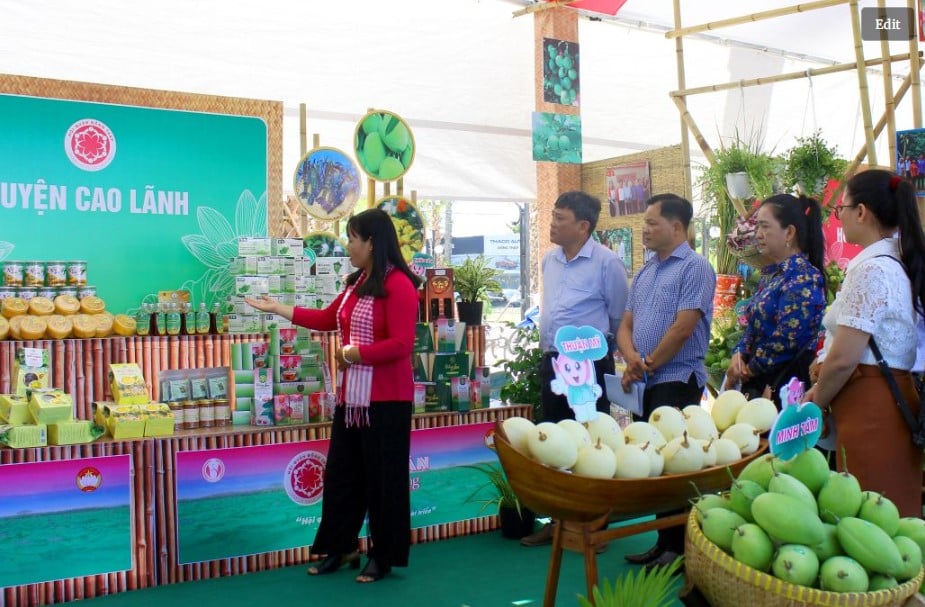

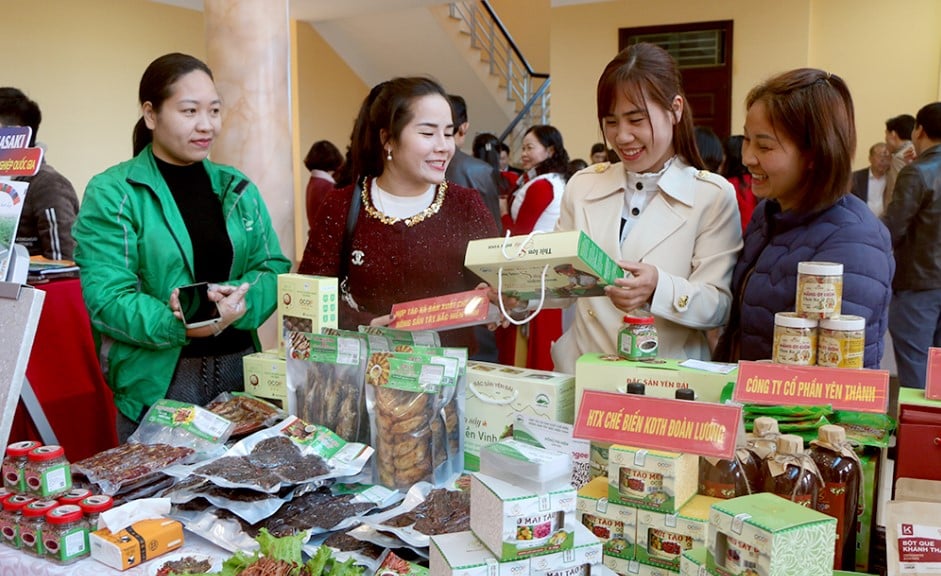
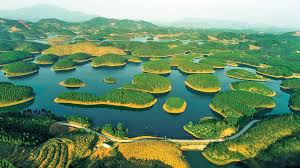
Comment (0)